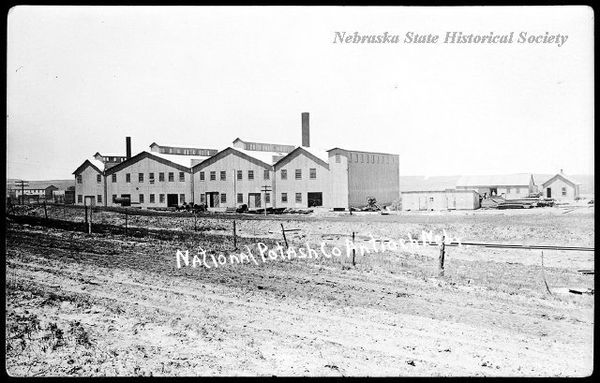Nebraska Historical Marker: Antioch Potash Boom-Town
Location
Rural Nebraska 2, Ellsworth, Sheridan County, Nebraska
View this marker's location 42.069229, -102.5949
View a map of all Nebraska historical markers, Browse Historical Marker Map
Marker Text
For a few years, the Antioch vicinity was one of the most important potash-producing regions in the nation. Antioch grew from a small village to a town of about 2,000. When the First World War broke out, the United States was cut off from European sources of Potash, which was a component of fertilizer used in the cotton belt. Two University of Nebraska graduates in chemistry developed a method for separating potash from the alkaline lakes of the Nebraska Sand Hills. Large-scale production began in 1916. The potash-producing brine was pumped from the lakes to reduction plants near the railroads. By the spring of 1918, five plants were in operation in this vicinity. Nebraska potash was used in the manufacture of fertilizer, epsom salts, soda, and other products. With the end of the war, importation of foreign potash resumed. Because French and German potash could be produced more cheaply than the Nebraska product, the Nebraska potash boom collapsed. The last Antioch plant closed in 1921. Today, the ruins of reduction plants and pumping stations bear mute testimony to the activity which once made Antioch a major potash production center.
Further Information
Bibliography
Richard E Jensen, "Nebraska's World War I Potash Industry," Nebraska History 68 (1987): 28-42
Elton A. Perkey, “Perkey’s Nebraska Place Names” (1995), Nebraska State Historical Society
Marker program
See Nebraska Historical Marker Program for more information.


